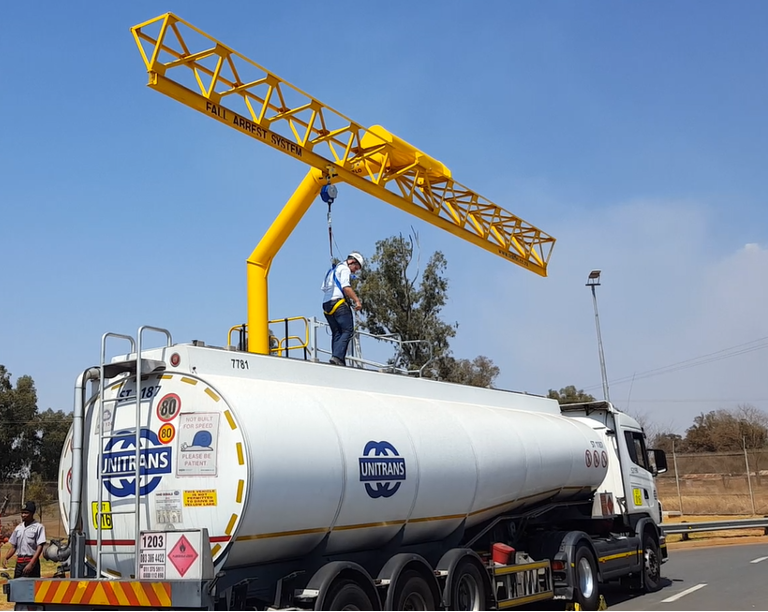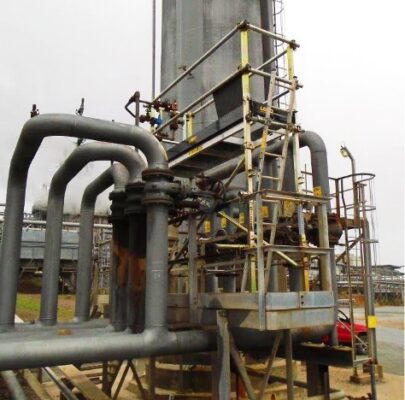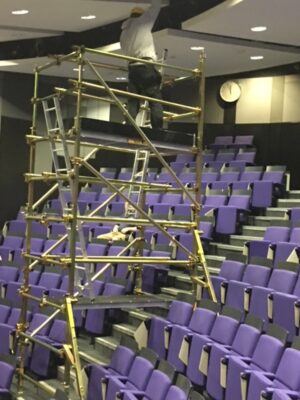Fall Protection, Work at Heights
Understanding the Hierarchy of Fall Protection
You would think that the first and most important piece of equipment that should be issued to someone who needs to perform a duty at heights is, without a doubt, a Safety Harness and Lanyard. Simply issuing PPE equipment isn’t necessarily the “safest” course of action though. There are two important factors that need to be considered:
1 – Even though a harness and lanyard are thought of as an automatic ‘go-to’ when working at heights, they are often not an ideal solution.
2 – There is most likely little to NO consideration of the Hierarchy of Fall Protection
What is our Hierarchy of Fall Protection?
The Hierarchy of Fall Protection refers to a graduating list of circumstances that require specific Fall Protection protective equipment. Eliminating the need for protective equipment and therefore eliminating the risk of injury is a crucial when working at heights.
The lower the number the safer:
1 – Eliminate the need to Work at Heights (NO FALL PROTECTION PPE) 2 – Passive Fall Restraint (NO FALL PROTECTION PPE) 3 – Active Fall Restraint (REQUIRE FALL PROTECTION PPE) 4 – Fall Arrest (REQUIRE FALL PROTECTION PPE) 5 – Controlled Access Zone (REQUIRE FALL PROTECTION PPE)
When considering the Hierarchy of Fall protection, it is clear that eliminating risk is crucial. Protective equipment is not a pre-requisite until an Active Fall Restraint (3) is required. In other words, a Safety Harness and Lanyard aren’t always a requirement for working at height.
In an ideal work environment no employee should be exposed to danger. This is unavoidable given the environments and spaces where all types of work needs to be conducted in various sorts of challenging environments. The fact that Personal Protective equipment is a requirement of working at heights, doesn’t diminish the need to review the hierarchy of Fall Protection before selecting PPE as your safety solution.
The examples below identify environments or situations where reviewing and then adhering to the Hierarchy of Fall Protection will minimise risk, preferably removing the need for PPE and even potentially increase efficiency in a specific working environment.
Tanker Truck:
We will use this as an example of the entire hierarchy to see the different solutions which could be selected. We will also put an example as to why each solution may not be viable – As we know each situation poses its own unique challenge.
1. Eliminate the need to Work at Heights (No Fall Protection PPE)
The best option,every time, is to never be exposed to a FALL RISK*. If we can remove the risk we remove the need to ‘Protect’ someone who is exposed to the risk and furthermore the need to perform a rescue – NO PPE Required. The image below depicts a tanker which features a ‘Bottom Load’ option as opposed to ‘Top Load’. Employees can connect the loading arm whilst remaining on the ground.
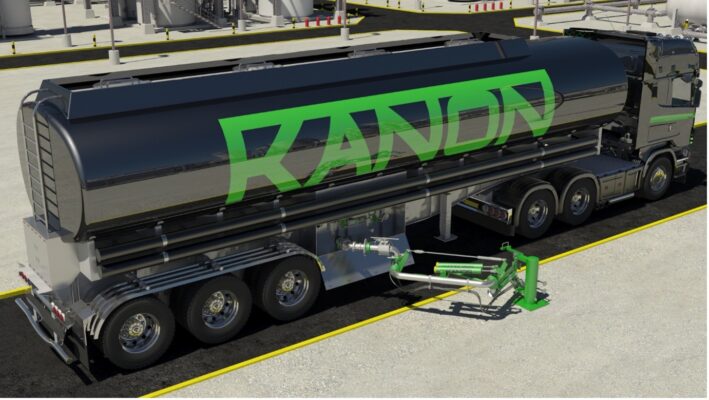
WHY THIS MAY NOT BE A VALID OPTION – In some cases a tanker may already be manufactured to perform top loading activities, and this may not be a financially viable option to a company with a fleet of tankers.
2. Passive Fall Restraint (NO FALL PROTECTION PPE)
In this situation we would provide a solution which removes the risk of falling. This is a hotly debated topic as safety is not always looked at practically*. A key point to assessing the solution which will be utilised is REASONABLY PRACTICABLE*. The idea is to remove the risk of falling, whilst a person is performing a task at heights. In this situation we could allow for a platform, which is accessed via steps (not a cat ladder), which extends on to the truck. The platform must, itself and the extension, be fully barricaded to ensure there is no exposure to a Fall Risk for the user. The tricky part here is to ensure the user never needs to reach through the barrier and is still able to perform their duty.
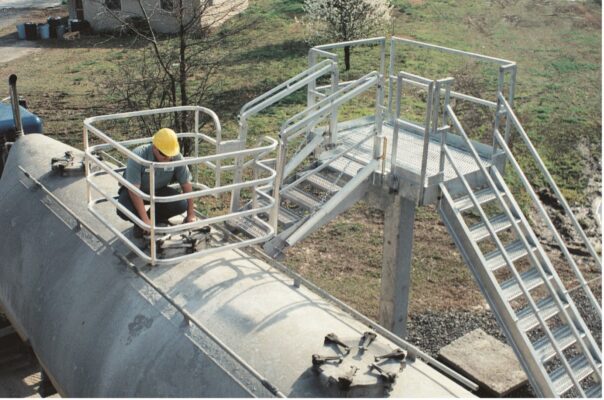
WHY THIS MAY NOT BE A VALID OPTION – The type of different tankers, the procedure performed on different tankers, property ownership and rules, may create a situation which does not allow to offer a Passive Fall Protection solution.
3. Active Fall Restraint (REQUIRE PPE)
If a tanker has requirement to be accessed where there is no structure, there could be a system retrofitted to it which allows you to safely connect. This system must not allow the user to enter a Fall Risk position. This system must be designed and used 100% correctly and certified to ensure it will work as required. The potential in this situation is large and the system needs to completely eliminate the Fall Risk. The general problem with these systems is that there will most likely be some sort of Fall Risk posed at some point from when the user leaves the ground, performs their duty and returns to the ground.
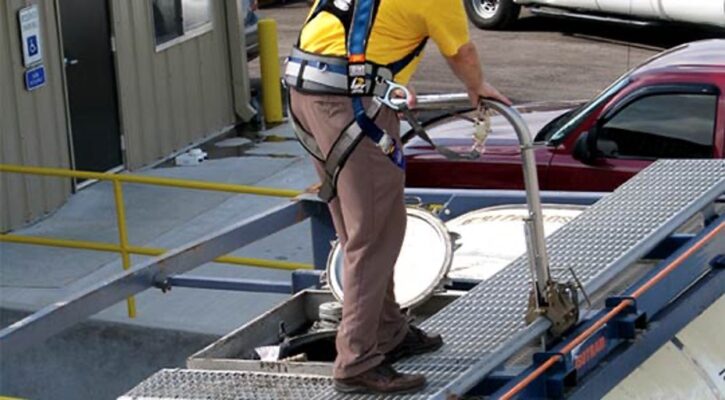
WHY THIS MAY NOT BE A VALID OPTION – Each tanker will require its own system to be installed. As these systems require certification and inspections the cost of this could be substantial for fleets.
4: Fall Arrest (REQUIRE PPE)
The last resort to work on top of a tanker is to use a Fall Arrest system. Back to the original comment of Harness and Lanyard – Those will not work in this position for several reasons.
1 – The only place to safely anchor would be on the tanker itself.
2 – The fall clearance of a lanyard is 6.5m – The tanker is approximately 3.5m (user will hit the ground)
3 – If the system is not correctly calculated, the user may be exposed to a swing fall
The general type of system required in this situation is a structure which will allow the user to be connected overhead (reduce fall distance) and this system must follow the user for the entirety of their activity – This means before they gain access, if via a cat ladder, throughout their operation until they return to ground.
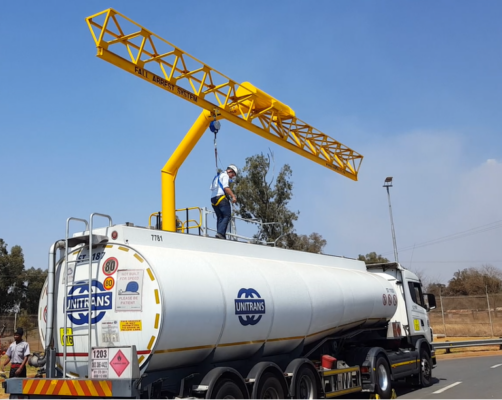
WHY THIS MAY NOT BE A VALID OPTION – No adequate/safe anchor point for the user to safely connect to.
5: Controlled Access Zone (REQUIRE PPE)
If none of the above-mentioned solutions are offered, it is clear that safe work cannot proceed – In this case no person should climb the tanker or perform any duties on it. There should be an assessment of the work area to establish a safe means of working for the person required to perform the task.
From point 2 a rescue must be considered as there is an element of working at heights. As we go from point 2 – 4 the need for a rescue is higher and more technical, the result of a fall is also increasingly dangerous.
A system which has recently been introduced to Africa is a solution which creates a Passive Restraint for the user at all times. The users build the system around themselves ensuring they are never exposed to a Fall. The system looks like a scaffold but is modular and extremely quick and easy to setup and use.
Key differences of LOBO vs Scaffolding:

The system, for all intents and purposes, looks like a scaffold but is certified as an Access Tower (EN1004) and is not remotely similar to scaffolding.
The idea and space this type of solution works in are small, difficult to reach heights where one or two people need to perform maintenance or cleaning type jobs. The system can be adjusted on site easily and will revolutionise maintenance being performed at heights.
Seeing the unit in action is the best way to understand the solutions to dangerous and difficult to reach areas. The fact that the system not only saves time and increases safety is just two of many benefits. There are major financial benefits to having this system too – We will provide a complete article in 2019 on this.
(AS THIS IS PASSIVE FALL RESTRAINT NO FALL PROTECTION PPE IS REQUIRED)
Key phrases as above:
FALL RISK: As per OHS Act (85 of 1993) under Construction Regulation definitions as:
‘’fall risk’’ means any potential exposure to falling either from, off or into.
REASONABLY PRACTICABLE: As per OHS Act (85 of 1993) Definitions:
‘’reasonably practicable’’ means practicable having regard to –
- The severity and scope of the hazard or risk concerned;
- The state of knowledge reasonably available concerning that hazard or risk and of any means of removing or mitigating that hazard or risk;
- The availability and suitability of means to remove or mitigate that more hazardous risk; and
- The cost of removing or mitigating that hazard or risk in relation to the benefits deriving from therefrom
This is a hotly debated topic as safety is not always looked at practically: The biggest issue when it comes to barriers is the debate as to whether Fall Protection is required when working in this sort of position – The easiest way to understand it is to think of a shopping mall – When you are on the second floor looking over the barrier is there a safety officer forcing you to quickly don your fall protection? Reasonably practicable is in effect here.

